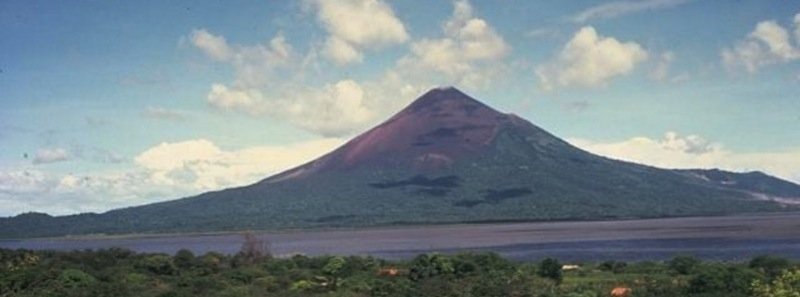OF THE
TIMES
"I proposed three major principles: mutual respect, peaceful coexistence, and win-win cooperation. They are not only a summary of past experience,...
Quote: At the end of the day this became our laboratory," The same for the plandemic. Experiments in murdering humanity.
Well done Somalia - if there is a thief on your land - apprehend them. If they stole goods not theirs - then deliver local punishment as agreed...
It's time to stop pretending the Israeli slaughter in Palestine is anything other than a holocaust. And the British government, including their...
Such scenes are all too common in Gaza... My question is: why, out of 34,000 victims, around 20,000 being women and children, is this particular...
To submit an article for publication, see our Submission Guidelines
Reader comments do not necessarily reflect the views of the volunteers, editors, and directors of SOTT.net or the Quantum Future Group.
Some icons on this site were created by: Afterglow, Aha-Soft, AntialiasFactory, artdesigner.lv, Artura, DailyOverview, Everaldo, GraphicsFuel, IconFactory, Iconka, IconShock, Icons-Land, i-love-icons, KDE-look.org, Klukeart, mugenb16, Map Icons Collection, PetshopBoxStudio, VisualPharm, wbeiruti, WebIconset
Powered by PikaJS 🐁 and In·Site
Original content © 2002-2024 by Sott.net/Signs of the Times. See: FAIR USE NOTICE

Comment: Portions of the Pacific Ring of Fire have been active in the past 30 days:
Pacific Ring of Fire: